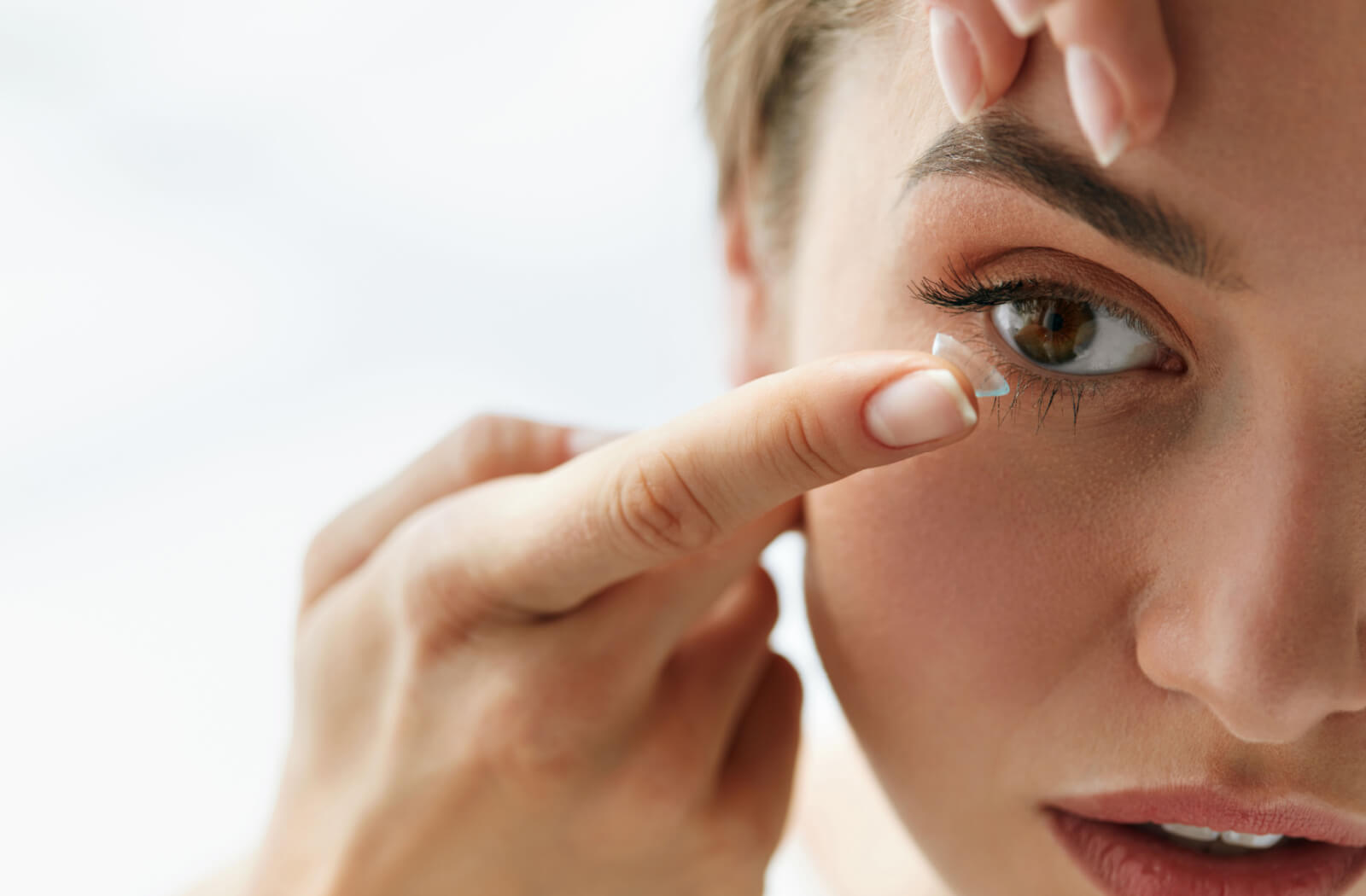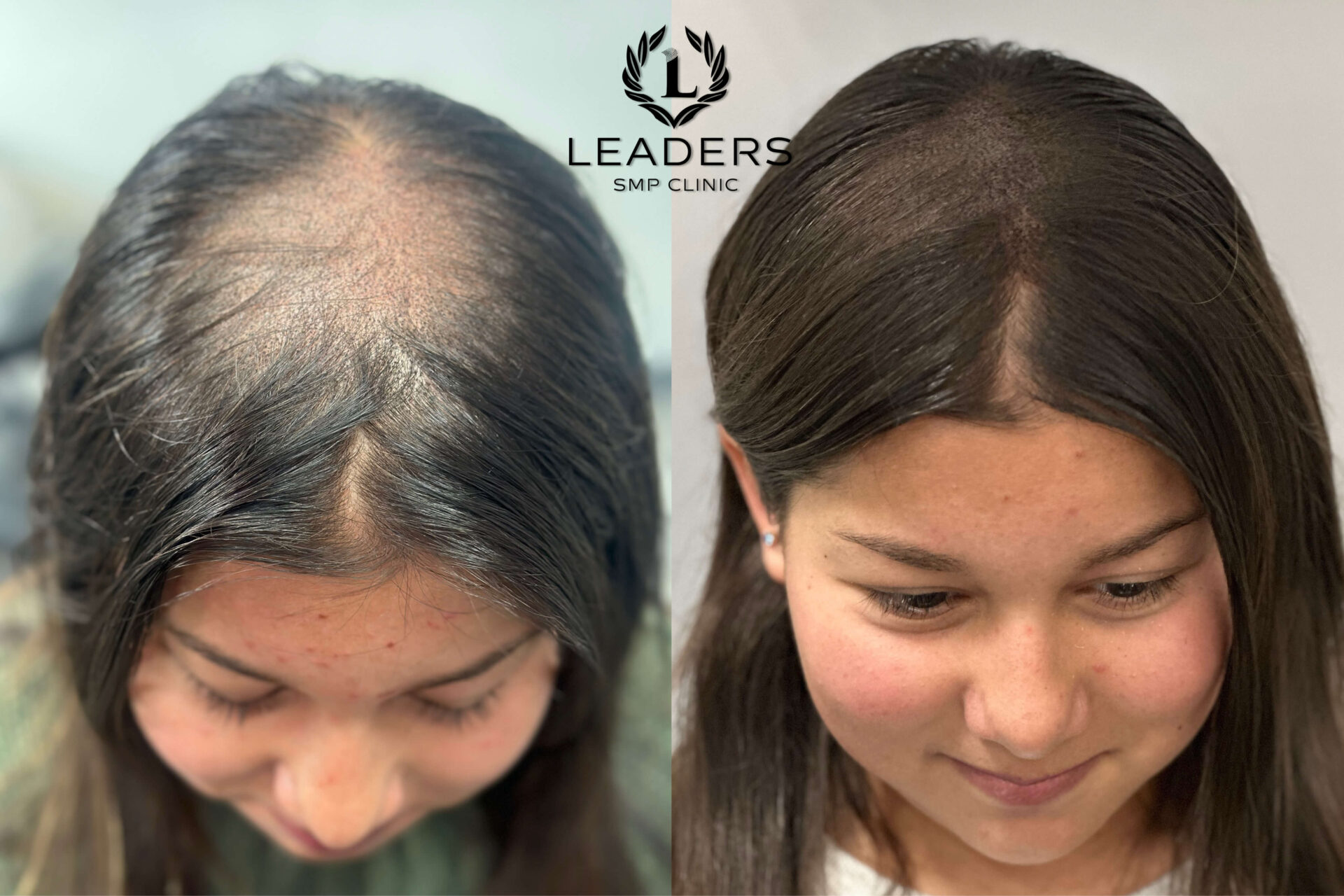Contact lenses can be a great alternative to spectacles for people who prefer clear vision but don’t want the hassle. There are many different types, designs, and materials. It is important to choose the best option for your lifestyle and eyes. Choosing the best contact lenses is difficult with so many choices. This article will help you choose the right contact lenses for your needs.
There are many types of contact lenses
Contact lenses are divided into two main categories: rigid gas permeable lenses (RGPs) and soft lenses. Over 90% of people wear soft contact lenses. These lenses are made from flexible plastic that adapts to your eye’s shape. Soft lenses come in a variety of designs, including daily disposables, bi-weekly wear, monthly wear, and extended use. Some are made to treat specific eye conditions, such as the Acuvue Oasys for Astigmatism. This is perfect for those with blurred vision caused by this condition.
RGP lenses, on the other hand, are rigid and gas-permeable. This means that they allow oxygen through to reach the cornea. These lenses are durable and provide good vision correction. They require more adjustment and maintenance than soft lenses.
Material
The material of contact lenses also plays a key role in comfort, safety, and effectiveness. Soft contact lenses are available in different materials, including silicone hydrogel and hydrogel. Hydrogel lenses have water in them and are flexible and soft. Silicone hydrogel lenses tend to be more breathable and are less likely to get dry.
RGP lenses are made from a rigid, durable plastic that allows for oxygen to pass. RGP lenses require more time for adaptation and are less comfortable than soft lenses.
You can also Design Your Own
Each design has its own advantages and disadvantages. Consider the design of contact lenses that best suits your lifestyle and eyes.
Daily Disposables
Daily disposable lenses can only be used for one day before being discarded. These lenses are the easiest to use, as they do not require any cleaning or maintenance. These lenses are ideal for those who suffer from allergies or have a tendency to get eye infections.
Bi-Weekly Lenses and Monthly Lenses
The bi-weekly lenses and the monthly lenses should be changed after two weeks of usage or one month. The lenses must be cleaned daily and stored in a case. These lenses are more affordable than daily disposables, so they’re a great option for those who want to cut costs.
Extended Wear
The lenses can be worn without removal for several days or even a whole month. These lenses are for people with a busy schedule or who don’t want to remove their lenses every day. They are more susceptible to eye infections and complications. You must follow your optometrist’s instructions.
Toric Lenses
Toric lenses correct astigmatism – a condition that causes blurred vision. Toric lenses have different powers on different meridians and must be in a certain position to work properly. Toric lenses come in soft or RGP materials.
Multi-Focal Lenses
Multifocal lenses correct near and distance vision without the need for reading spectacles. Soft and RGP materials are available, but it’s important to choose the right design for your prescription.
Choose the right contact lenses for you.
The right contact lenses are determined by a number of factors, including your prescription and lifestyle. They also consider comfort, safety, and convenience. Consider these factors when choosing the right contact lenses for yourself.
Prescription
When choosing contact lenses, your prescription is a crucial factor. Consult your optometrist for the best lenses to suit your eyes. Your optometrist can assess your vision and recommend the correct lenses for you.
Enjoy the Lifestyle
The type of lenses you choose will depend on your lifestyle. If you are an active person, you might prefer daily-disposable lenses, which do not require any cleaning or maintenance. You may choose extended-wear lenses if you are busy.
Comfort
Comfort is a key factor when selecting contact lenses. RGP lenses tend to be more uncomfortable than soft lenses. Comfort is also affected by the material of the lenses. Hydrogel lenses are less likely to be dry and more breathable than silicone hydrogel lenses. Comfort is also affected by the design of the lens. Daily disposable lenses are the most comfortable because they don’t require any maintenance or cleaning.
Safety
When choosing contact lenses, safety is an important factor. Follow the instructions given by your optometrist or lens manufacturer. You should clean and disinfect lenses to avoid eye infections. Never share your lenses as it can spread eye infections.
Cost
When choosing contact lenses, you should also consider the cost. Daily disposable lenses tend to be more expensive than monthly and bi-weekly lenses. RGP lenses cost more than soft lenses. It is important to take into account the costs associated with using contact lenses over time, such as maintenance, cleaning, and replacement.
The right contact lens depends on many factors. These include your prescription, lifestyle, and comfort, as well as safety and cost. Consult your optometrist for the best lenses to suit your eyes. Consider the various types of lenses that are available, such as soft and RGP, daily disposables, bi-weekly, monthly, and lenses for extended wear. Consider the design and material of the lenses. This includes multifocal and toric lenses. You can choose the best lenses by considering these factors. This will ensure that you have a clear vision and maximum comfort.




